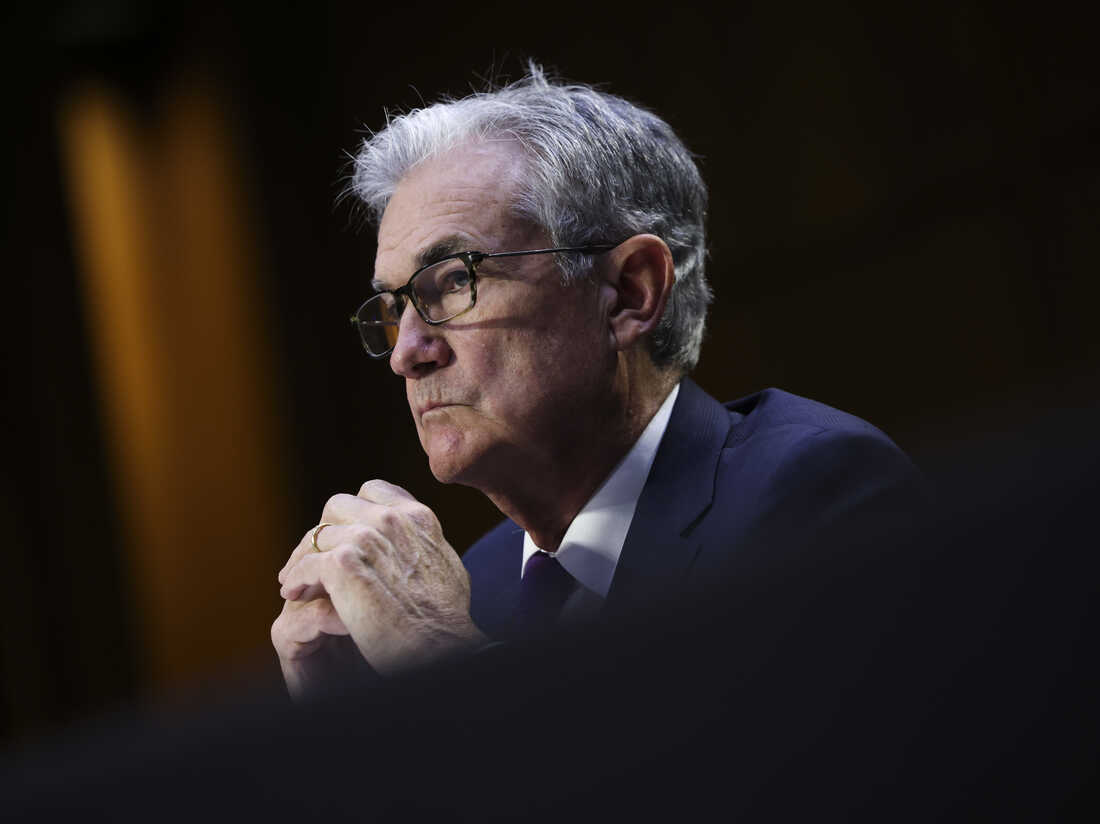Which central banks will pause rate hikes?
The Fed has suggested that it has paused its rate hikes. It is not the first developed-country central bank to do so and others could be joining soon, such as ECB, BoE.

Fed Chair Powell wants to lift rates to a point where financial conditions are sufficiently tight.
>> How do central banks ease financial strains?
Presumably, some central banks think that monetary policy might be sufficiently tight to bring inflation back to target. However, a quick look at the tightness of policy right now suggests that they are still some way short.
There are numerous ways that we might look at the tightness of monetary conditions. One easy way is to compare the level of policy rates with inflation to get a sense of “real” rates, because it is only real rates that matter, not nominal rates. If we look at the UK, and use current inflation as a proxy for inflation expectations, then the real base rate is close to -6%.
The last time, the UK had an inflation problem comparable to today’s was in the early 1990s and then real rates touched 10%. It is a similar sort of story when we look at other major central banks. But, of course, current inflation might be a bad proxy for inflation expectations. If instead we take market-based measures of inflation expectations, such as the 5-year forward starting 5-year inflation swap rate, the real UK base rate comes up to 1%; better, but we think still far too low. If we use similar market-based inflation expectations for the US and euro zone we find that real euro zone policy rates are also around the 100-bps mark and a bit more, at around, 250-bps in the US.
What about other measures such as the impact on borrowing costs for consumers and businesses? Here the problem is that huge bond purchases by the major central banks have left long-term yields far below what might be perceived as their market-clearing level (in the absence of quantitative easing).
In other words, QE artificially depresses long-term yields and it is these that are key for private sector borrowers, not policy rates. To give an example, in the US, the fed funds target has been raised by 500-bps in all, but the rise in the 30-year mortgage rate is only around 350-bps. Of course, it usually happens that when central banks lift rates the yield curve flattens and even inverts, leaving long-term borrowers relatively unscathed compared to those that have to borrow at the overnight rate (the banks).
Even so, QE would seem to have exacerbated this relief for homeowners. Of course, house prices have come down, as they have in Europe and elsewhere, and tighten the financial screw. But the key is whether they have gone down enough to help bring inflation back to target and, on this score, there must be a question mark.
>> Central banks’ monetary policy faces challenges
A third way to try to determine the tightness of policy is through broader financial conditions; something that Fed Chair Powell speaks about a lot. He wants to lift rates to a point where financial conditions are sufficiently tight. But is that the case? We’d say not because measures of financial conditions seem quite benign. For instance, the Chicago Fed measure, which is widely cited, still lies below zero meaning that conditions are weaker than on average. This measure peaked twice in the 4-5 range; both times during the high inflation years of the 1970s and early 80s. Hence it seems that financial conditions are not tight at all.
To be fair, there are some indications of tight financial conditions. One of these is the slump in monetary growth where US M2, for instance is falling in annual terms; the first time that this has happened. But Mr. Steve Barrow, Head of Standard Bank G10 Strategy said there are two points here; the first is that it was growing at a huge 25%-plus annual rate a year, or so after Covid struck. The second point is that QE has helped lift deposits in banks (and hence M2) as investors selling bonds to the Fed have parked some of the cash in the banks.
But now QE is replaced by QT and deposits are falling, helped by the fact that depositors are shifting money to instruments like money market funds where the rates of return have risen faster than the banks. All told, whatever way you slice and dice it, Mr. Steve Barrow thinks that monetary conditions are not sufficiently tight and this suggests that if the market is surprised about the level of policy rates going forward, it will be because they are higher than what’s priced into the market, not lower.








